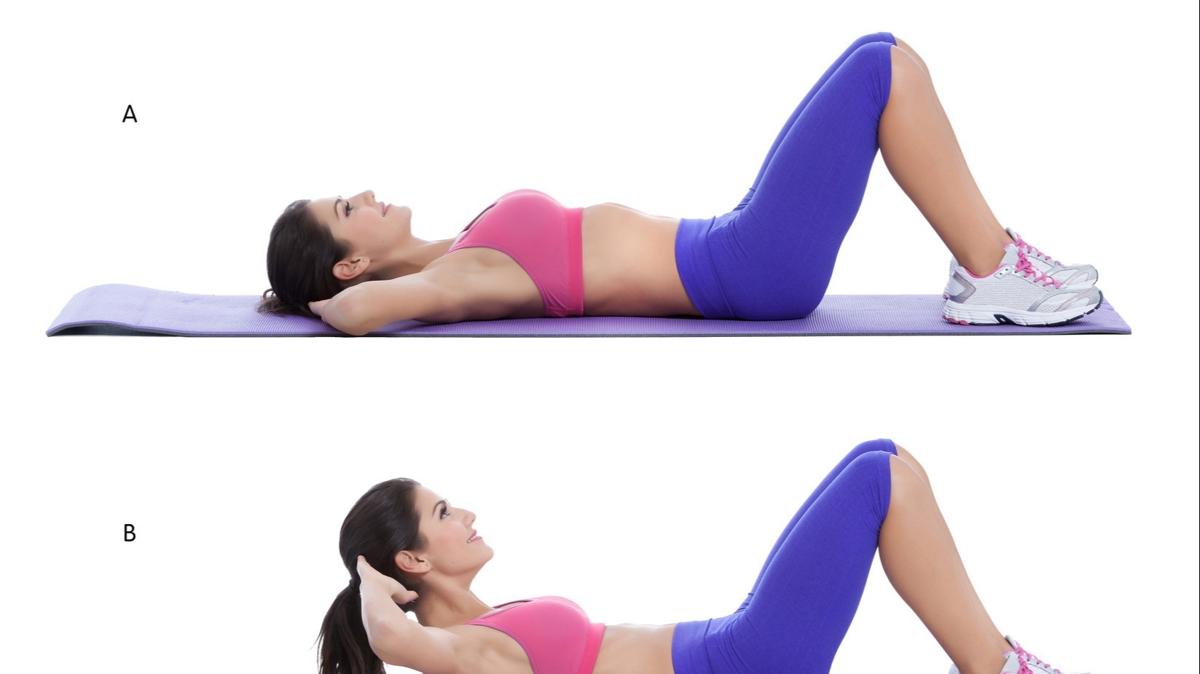Introduction
When it comes to fitness, women are often bombarded with a flood of advice, much of which is based on outdated beliefs or outright misconceptions. These myths can discourage women from following a well-rounded fitness regimen or even steer them down ineffective paths. Dispelling these common myths is crucial to empower women to make informed decisions that benefit their health and fitness.

Let’s dive into five of the most common fitness myths that women should leave behind and explore the facts that will guide them toward a more effective, balanced, and rewarding fitness journey.
Myth #1: Lifting Weights Makes You Bulky

Many women shy away from weightlifting because of the fear that they’ll suddenly develop bulky muscles. This myth has stuck around for years, largely because people associate muscle growth with the intense training routines and dietary habits of bodybuilders.
However, the reality is that women don’t have the same levels of testosterone as men, making it much harder to gain large amounts of muscle mass. Lifting weights actually helps women achieve a leaner, more toned appearance by building muscle and burning fat simultaneously. When you engage in resistance training, you increase your metabolism, which helps your body burn more calories throughout the day—even when at rest.
Myth #2: You Need to Do Hours of Cardio to Lose Weight

The idea that endless cardio is the only path to weight loss is one of the most common misconceptions in the fitness world. While cardio does burn calories, long cardio sessions can be counterproductive, especially if they lead to muscle loss or overtraining.
Incorporating strength training and high-intensity interval training (HIIT) can be more effective for weight loss. These types of exercises not only help in burning calories during the workout but also continue to burn calories post-exercise due to the “afterburn effect.” A well-rounded workout routine that includes a mix of cardio, strength training, and flexibility exercises is the most effective approach for sustainable weight loss.
Myth #3: You Can Spot-Reduce Fat

Who wouldn’t want to trim fat from specific areas of the body, like the belly or thighs? Unfortunately, spot reduction is not how the body works. Fat loss occurs on a whole-body level, meaning you can’t control exactly where you’ll lose fat first.
Genetics play a significant role in where your body stores fat and how it burns it. The best strategy for reducing body fat is to create a calorie deficit through a combination of exercise and a balanced diet. Full-body workouts, which engage multiple muscle groups, can help improve fat-burning efficiency.
Myth #4: You Have to Work Out Every Day to See Results
While consistency is important in fitness, rest days are just as essential as workout days. Exercising every day without giving your muscles time to recover can actually slow down your progress. Overtraining can lead to fatigue, injury, and even hormonal imbalances.
Rest days allow your muscles to repair and grow, which is crucial for building strength and avoiding burnout. Aiming for 3-5 days of exercise per week, with at least one or two rest days, is a good rule of thumb for most women.
Myth #5: Crunches Are the Best Way to Get a Flat Stomach

The truth is, doing endless crunches won’t give you a flat stomach if there’s a layer of fat covering your abdominal muscles. While crunches can help strengthen your core, they aren’t the most efficient way to burn belly fat.
To achieve a toned midsection, focus on full-body workouts that burn fat and exercises that engage multiple muscle groups, such as planks, squats, and deadlifts. Additionally, diet plays a crucial role in fat loss. Eating a balanced diet that includes plenty of protein, healthy fats, and fiber will help you achieve your fitness goals more effectively than doing hundreds of crunches.
The Impact of Fitness Myths on Women’s Self-Image
Believing in fitness myths can take a toll on women’s self-confidence and body image. When results don’t match expectations due to following flawed advice, it’s easy to feel frustrated or inadequate. Understanding the facts about fitness allows women to set realistic goals and focus on practices that truly benefit their health and well-being.
The Science Behind Muscle Growth and Fat Loss
Understanding the basics of muscle growth and fat loss can demystify a lot of fitness myths. Muscle growth happens when the muscle fibers are subjected to stress, such as through resistance training, leading to small tears. The body repairs these tears, making the muscle stronger.
Fat loss, on the other hand, is largely about creating a calorie deficit. This means burning more calories than you consume, which can be achieved through a combination of diet and exercise. Each person’s metabolism and genetic makeup play a role in how quickly or slowly fat is lost.
How to Separate Fact from Fiction in Fitness Advice
Not all fitness advice is created equal. To ensure you’re following credible information, check the qualifications of the person providing the advice. Are they a certified trainer, a dietitian, or a doctor? Additionally, look for evidence-based information from reputable sources, such as scientific studies, health organizations, or fitness experts with a track record of providing reliable information.
Benefits of Resistance Training for Women
Resistance training isn’t just for bodybuilders—it’s beneficial for women of all ages. It can help increase bone density, which is especially important for women as they age. Resistance training also boosts metabolism, helps with weight management, and improves overall body composition.
How Cardio Fits into a Balanced Workout Routine
Cardio is an important component of any fitness regimen because it strengthens the heart and lungs. However, it’s not the only component. Combining cardio with strength training offers the best of both worlds—improved endurance, fat loss, and muscle tone.
The Role of Diet in Achieving Fitness Goals
No matter how hard you work out, you can’t out-exercise a poor diet. Proper nutrition provides the fuel your body needs to perform at its best. Eating a diet rich in whole foods, lean proteins, healthy fats, and fiber will support your fitness goals and help you achieve sustainable results.
Listening to Your Body: The Importance of Rest
Rest days are when your body does most of its healing and muscle building. If you’re constantly tired, sore, or not seeing progress, it might be a sign that you’re overtraining. Incorporating rest days allows your body to recover, making your workouts more effective in the long run.
Empowering Women to Take Charge of Their Fitness Journey
It’s time for women to ditch the myths and embrace a fitness approach that works for their unique bodies and goals. Fitness isn’t one-size-fits-all, and it’s important to personalize your workout and diet plans based on your needs. Setting realistic goals and focusing on progress over perfection will make your fitness journey more enjoyable and sustainable.
Conclusion
It’s easy to get caught up in popular fitness myths, but debunking these myths can help you create a workout routine that is more effective and rewarding. Remember, lifting weights won’t make you bulky, cardio isn’t the only way to lose weight, and you can’t spot-reduce fat. Focus on a balanced approach that includes strength training, cardio, rest, and a nutritious diet. Most importantly, listen to your body and don’t be afraid to seek evidence-based advice.
FAQs
Why is weightlifting beneficial for women?
Weightlifting helps increase muscle tone, boosts metabolism, and improves bone density, which reduces the risk of osteoporosis. It also contributes to a leaner appearance by burning more calories.
How often should women work out for the best results?
Most experts recommend 3-5 days of exercise per week, with at least one or two rest days. This balance allows for optimal muscle recovery and growth.
Is it necessary to do cardio every day to lose weight?
No, it’s not necessary to do cardio daily. Combining cardio with strength training and maintaining a healthy diet is more effective for sustainable weight loss.
Can diet alone help achieve a toned stomach?
Diet plays a major role in fat loss, but combining it with full-body workouts and core exercises will yield better results for a toned stomach.
What are the best ways to spot fitness misinformation?
Look for information from certified professionals and reputable health sources. Avoid advice that lacks scientific backing or comes from unqualified individuals.






